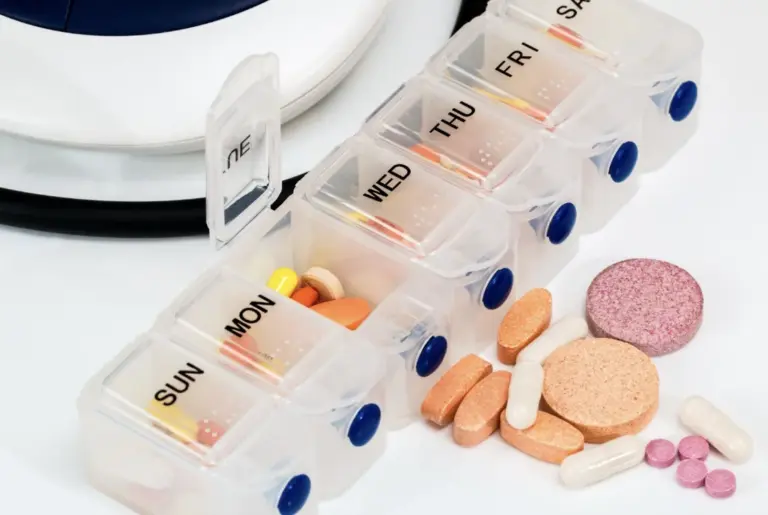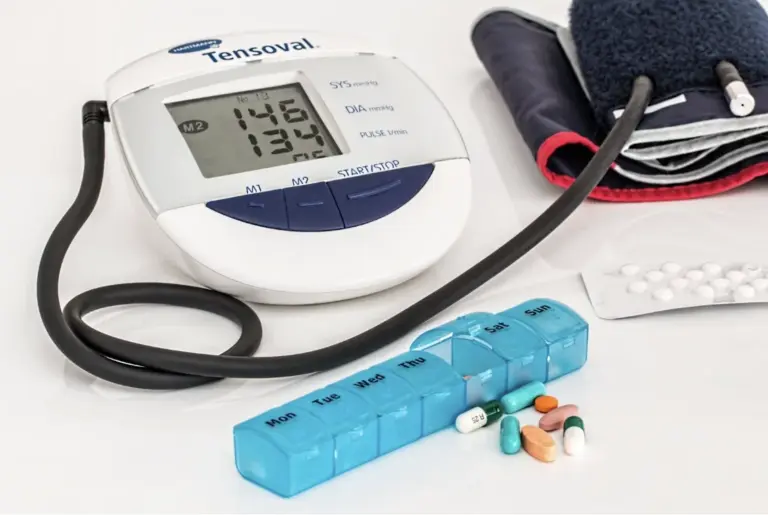Most of us have heard the doctor say, “Eat less salt, too much of it is bad for your blood pressure”. So we know that eating more salt means more risk of having high blood pressure. Don’t worry, for you we have listed some low sodium diet foods to enjoy.
But Why Does Salt Affect Blood Pressure?

Chemically, salt is a mineral composed mostly of sodium chloride (NaCl) and is one of the essential nutrients vital to our health. Table salt, the type of salt used daily, is a refined salt containing about 97 to 99 percent sodium chloride (out of which sodium is 40 %). Sodium is an essential mineral that plays an active role in many important bodily functions such as maintaining blood pressure, cellular function, fluid regulation, and electrolyte balance.
Now when we eat salt, it raises the amount of sodium in the bloodstream which results in extra fluid in the body and puts extra pressure on the blood vessels that carry blood throughout our body. This extra water stored in the body raises the blood pressure. The higher your blood pressure, the greater the strain on your heart, arteries, kidneys, and brain. High blood pressure can lead to heart attacks, strokes, dementia and kidney disease.
Why Are The Low-Sodium Diets Prescribed?
As high sodium levels in the bloodstream are connected to high blood pressure, it is recommended to watch the amount of salt that is consumed per day. Ideally, daily salt intake should be less than 2-3 grams (2000 – 3000 mg).
Generally, low sodium diet foods are prescribed by doctors to treat certain medical conditions such as high blood pressure, heart conditions, kidney problems, etc.
What Are The Benefits Of A Low-Sodium Diet?
Keeps High Blood Pressure In Check –
A low sodium diet may help lower blood pressure for people suffering from high blood pressure (both systolic and diastolic numbers).
Lowers Risk Of Cancer –
Some studies show that a high salt diet can damage the lining of the stomach and increase the growth of H.Pylori bacteria which may raise the risk of contracting stomach cancer.
Improves Food Quality –
Most packaged, processed foods contain large amounts of salt for preservation and enhancing flavour. These are what we call as junk food. When you start on a low sodium diet, these junk foods automatically get eliminated from your daily diet.
What Can You Eat On A Low Sodium Diet?
Plenty actually. Most people who are prescribed a low sodium diet are skeptical as they think they will have to eat bland, tasteless food. But in reality, there are many healthy, nutritious yet tasty low sodium diet foods such as fresh vegetables, fruits, dairy products, eggs and unsalted nuts that are naturally low in sodium which can be consumed. Here are some more foods suitable for a low sodium diet –
Fresh Vegetables –
Spinach, broccoli, kale, cauliflower, peppers, etc.
Starchy Vegetables –
Potatoes, sweet potatoes, turnips, etc.
Fresh Fruits –
Bananas, peaches, apples, oranges, kiwis, guavas.
Unsalted Nuts –
Pumpkin seeds, sunflower seeds, peanuts, almonds, etc.
Whole Grains & Legumes –
Brown rice, quinoa, flax seeds, dried beans, lentils.
Meat And Poultry –
Skinless chicken.
Fish –
Salmon, cod, tuna, mackerel.
Eggs –
Whole eggs and egg whites.
Soups –
Low sodium soups (e.g. tomato, vegetable soups, etc.).
Low Sodium Snacks –
Unsalted popcorn or tortilla chips.
Low Sodium Condiments –
Low sodium salad dressings, vinegar, mayonnaise, and low sodium sauces.
Low Sodium Flavorings –
Garlic powder and low sodium herbs and spices.
Low Sodium Drinks –
Tea, coffee, water, and low sodium vegetable juices.
Tips For Low Sodium Diet:
- Eat more at home than in restaurants.
- Remove the salt shaker from your dining table.
- Use fresh herbs instead of salt for added flavoring.
- Lemon juice is a good substitute for salt.
- Sprinkle low sodium herbs on nuts/crackers instead of salt.
- Use garlic and ginger in your homemade soups.
Foods To Avoid If You Have High Blood Pressure:
All foods that are high on sodium content increase the risk of high blood pressure and should be avoided. These include –
Junk Food –
Burgers, fries, pizzas, etc.
Salted Food –
Chips, salted nuts, crackers, etc.
Frozen & Processed Food –
Ready-to-eat meals, frozen packaged food items (meats, etc.)
Canned Products With High Salt Content –
Canned soups, pastas, meats, fish etc.
Baked Food With High Sodium –
Cake / waffle mixes, salted rolls etc.
Pickles & Sauces –
Pickles, soy sauce, salad dressings, mass produced tomato sauce etc.
Seasonings With More Salt
Experts recommend that normal adults should consume only 2,300 mg of salt per day. For elderly people and those suffering from high blood pressure the limit of salt intake should be 1,500 mg per day.
A low sodium diet does help to control high blood pressure levels. But that does not mean that you eliminate salt completely from your diet. Because consuming too little salt may also lead to health issues such as increased cholesterol and triglycerides, insulin resistance and hyponatremia (too little sodium in the blood).
The best option is to strike a good balance in your everyday food intake. Eliminate high sodium, unhealthy foods and include low sodium, high fiber fresh & whole foods in your daily diet plan.
Salt and High Blood Pressure:
How sodium levels affect your major organs?
Kidneys:
Kidneys use osmosis to draw extra water in the body from the cells to the bladder. This extra fluid, as a result of more sodium, means more work for the kidneys to remove water. This strain reduces the ability of the kidney to flush out unwanted waste matter and can cause kidney damage in the long run.
Arteries:
The extra amount of salt in the blood stream puts more pressure on the inside of the arteries. To cope with this pressure, the muscles of the artery walls become thicker, reducing the space inside the arteries resulting in high blood pressure.
Heart:
High sodium content can cause high blood pressure. This high BP can damage the arteries that go to the heart resulting in decreased blood flow to the heart and may lead to angina (chest-pain). Persistent high blood pressure may even result in clogged or even burst arteries which may lead to a heart attack.
Brain:
High blood pressure due to high sodium levels can damage arteries that lead to the brain causing reduce blood supply to the brain and may result in health conditions such as dementia or stroke.
Note of caution: This article is for information purposes only. Always consult your doctor before altering any diet plans, medications or in case of any other blood pressure-related troubles.
Disclaimer
The information contained in this article is to educate, spread awareness in relation to hypertension and other diseases to the public at large. The contents of this article are created and developed by BPinControl.in through its authors, which has necessary, authorisations, license, approvals, permits etc to allow usage of this articles on The Website. The views and opinions expressed in this article are views, opinions of the respective authors and are independently endorsed by doctors. Although great care has been taken in compiling and checking the information in this article, The Website shall not be responsible, or in any way liable for any errors, omissions or inaccuracies in this article whether arising from negligence or otherwise, or for any consequences arising therefrom. The content of this article is not a substitute for any medical advice. The Website shall not be held responsible or liable for any consequence arising out of reliance on the information provided in the article.




